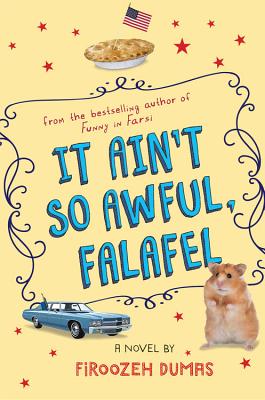“Licking her fingers,
Ma tucks my chin-length hair behind my ears. Her fingers drift to my bossy
cheeks and press, a not-so-subtle reminder to keep my authoritative bumps in
rein.”
Fifteen-year-old Mercy
Wong lives in San Francisco Chinatown in 1906. Mercy is smart, independent, and
determined, qualities her mother nurtured even as she cautions Mercy to take
care in the world. But Mercy may be overreaching in trying get into St.
Clare’s, an all-White, private girls’ boarding school. Still, like any good
businesswoman—and that’s exactly what she plans on being—Mercy has a plan. She
offers to set up a meeting with the Chinese Benevolent Association for a
business owner on the school’s governing board, knowing the man would like to
expand his chocolate business into Chinatown. In exchange, she gains his
support of her entry to the school.
Mercy arrives at St.
Clare’s a social and cultural outsider. She isn’t welcomed warmly. The lack of
friendly reception at the school doesn’t surprise Mercy, or even necessarily
bother her; she’s less interested in friendship than securing her family’s
financial future by getting a good education.
Then the earthquake
hits.
Mercy and her
schoolmates become essential to one another’s survival as they escape the
school and make their way to one of the city parks where people are seeking
refuge. Terrified for her family, Mercy tries to go home to Chinatown, but it
soon becomes clear the news is grim: Chinatown has been devastated. She is not
alone in grief and worry among her classmates. But figuring out how to survive
is paramount and the girls have no choice but to work together. In doing so,
they eventually make the decision to help others, too, sharing the food they
find and the companionship they are beginning to rely on with other refugees.
Distinctions of class and race become, briefly, meaningless, and a few real
friendships begin to form.
Outrun the Moon is a vivid work of historical fiction, its rich sensory details making
time and place come alive. But it’s just as richly detailed when it comes to
the cultural and social context of the story.
One of the most striking aspects of the book is the way that racism is
presented as a fact of Mercy’s life. It doesn’t weigh down the narrative, but
it also can’t be ignored by the reader. It’s in assumptions and attitudes
Mercy’s faces; it’s in direct comments made to her (“The board of education
provided your people with a public education.”) and quieter asides she
overhears. It’s in the very fact that St. Clare’s is considered off-limits to
her, as well as in countless other moments and elements of the storytelling.
Yet in spite of the
racism, the hardship, and tragic events that are part of the telling, Outrun the Moon is a book full of
optimism. This balance—of authenticity, honesty, and optimism—broadens its
appeal. Middle school readers drawn to stories about strong, spirited girls or who
liked boarding school-type stories when younger will not be disappointed, but
neither will those who look to works of historical fiction for a generally
truthful accounting of the times in which they are set.
But Outrun the Moon is historical fiction, and author Stacey Lee includes an
informative author’s note (two of them, actually!) acknowledging where she took
liberties, and where she didn’t. There was, indeed, a coming together in the
aftermath of the earthquake “without regard to class distinctions, race, or
creed. It was a time of goodwill and inclusiveness. It did not last forever.”
She states it is unlikely, however, that a girl in Chinatown would have gained
admittance to a White school. “However,
history is a general overview, and overlooks the story, the possibility of the individual.”
The possibility of
Mercy Wong is one that readers today can revel in.
Reviewed by Megan Schliesman




















